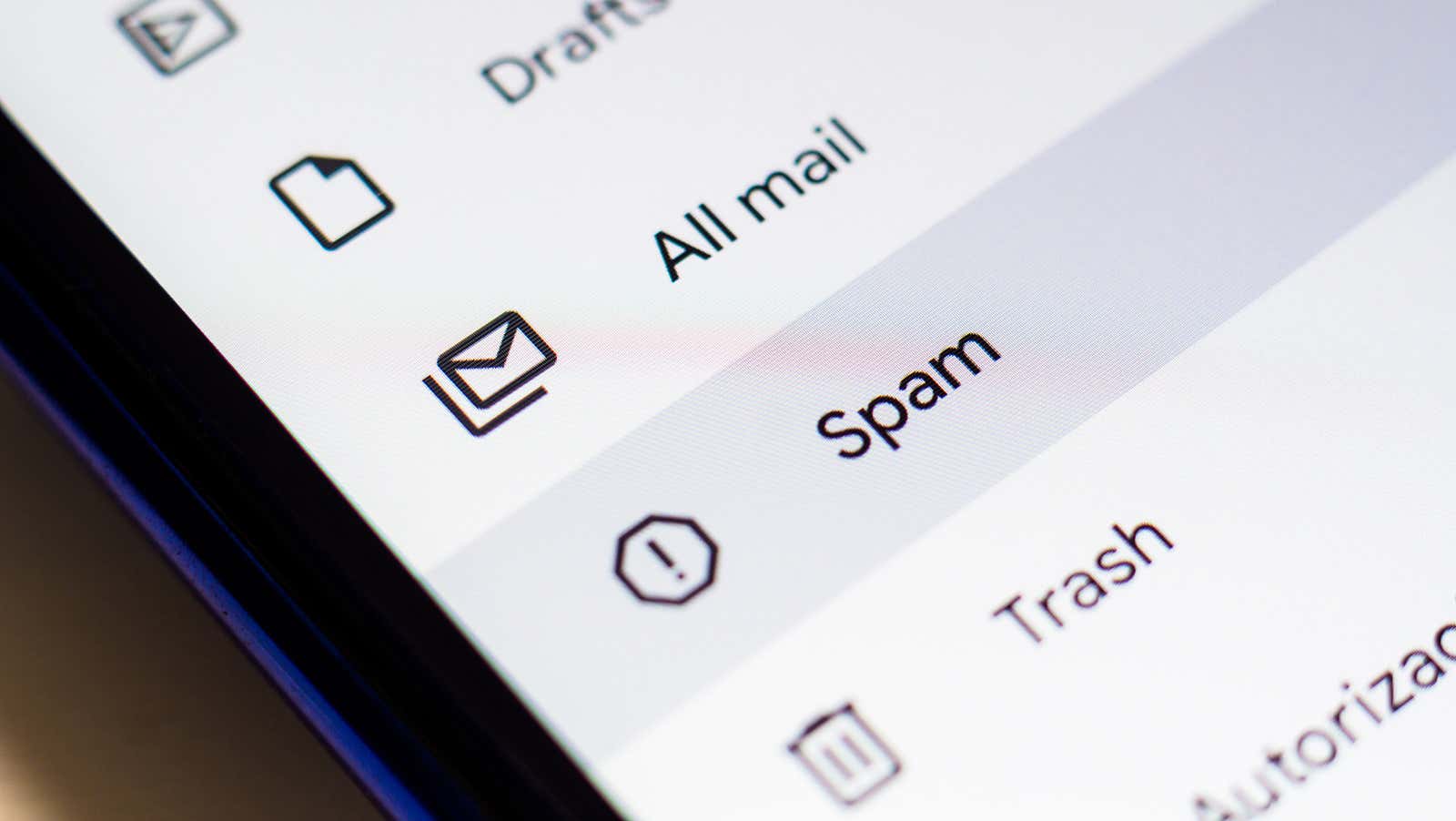Why You Should Never “unsubscribe” From Illegal Spam Emails and Texts

Some of us may be too diligent when dealing with email or text spam – because whatever you do, you shouldn’t click the unsubscribe links or stop text in response, as they literally mean subscribe and “please go on” to illegal spammers.
Any interaction with spammers is bad
There is a difference between illegal spam sending you links with malware and selling fake insurance rates, and the mailing list you signed up to and may not want anymore, in which case we mean the former. Since these spammers send millions of texts or e-mails every day, they really do not focus specifically on you – in fact, they may not know is valid whether your e-mail address or phone number. They are looking for signs of an active account, however, like a valid email address or phone number is valuable for carrying out further scams. By choosing the “unsubscribe” option or by answering in any way, you are confirming your contact information and risk getting even more spam.
What to do with spam
The easy part is that you basically do nothing. When you receive a spam message, mark it as spam and delete it before opening it. Likewise with texts, you can simply delete them without answering and block the number. However, the FTC recommends reporting spam messages by forwarding them to 7726 (SPAM) – however, if you’re not tech savvy, tinkering with spam text can increase the chances of accidentally clicking on a malware link somewhere in the message. (and you should never click on unwanted links). If you are uncomfortable with sending texts, don’t worry – just delete, block and ignore. Otherwise, you can forward spam messages using these steps for your Android or iPhone .
How to avoid spam
Spam is a part of life, but as the FTC recommends, there are some simple and helpful tips that can help you prevent it:
- Try not to show your email address publicly. Spammers clean up blog posts, chat rooms, social media and forums – so the less of you there, the better.
- Use two email addresses – one for private messages and one for everything else. Ideally, this second public email address should be one that you are willing to delete one day if needed. Personally, I use a second pseudonymous email address, which I call my “spam”, and use it to sign up for promotions or newsletters. Looking at it now, it has twice as much spam as my regular email address.
- Use a truly original address that is unlikely to be generated by spammers. Spammers send millions of messages to possible combinations of names of major Internet service providers and postal services in the hope of finding a valid address. This means that regular first / last name email addresses are more likely to attract spam (and like the first Mike Winters on Hotmail, I can wearily confirm this is true).